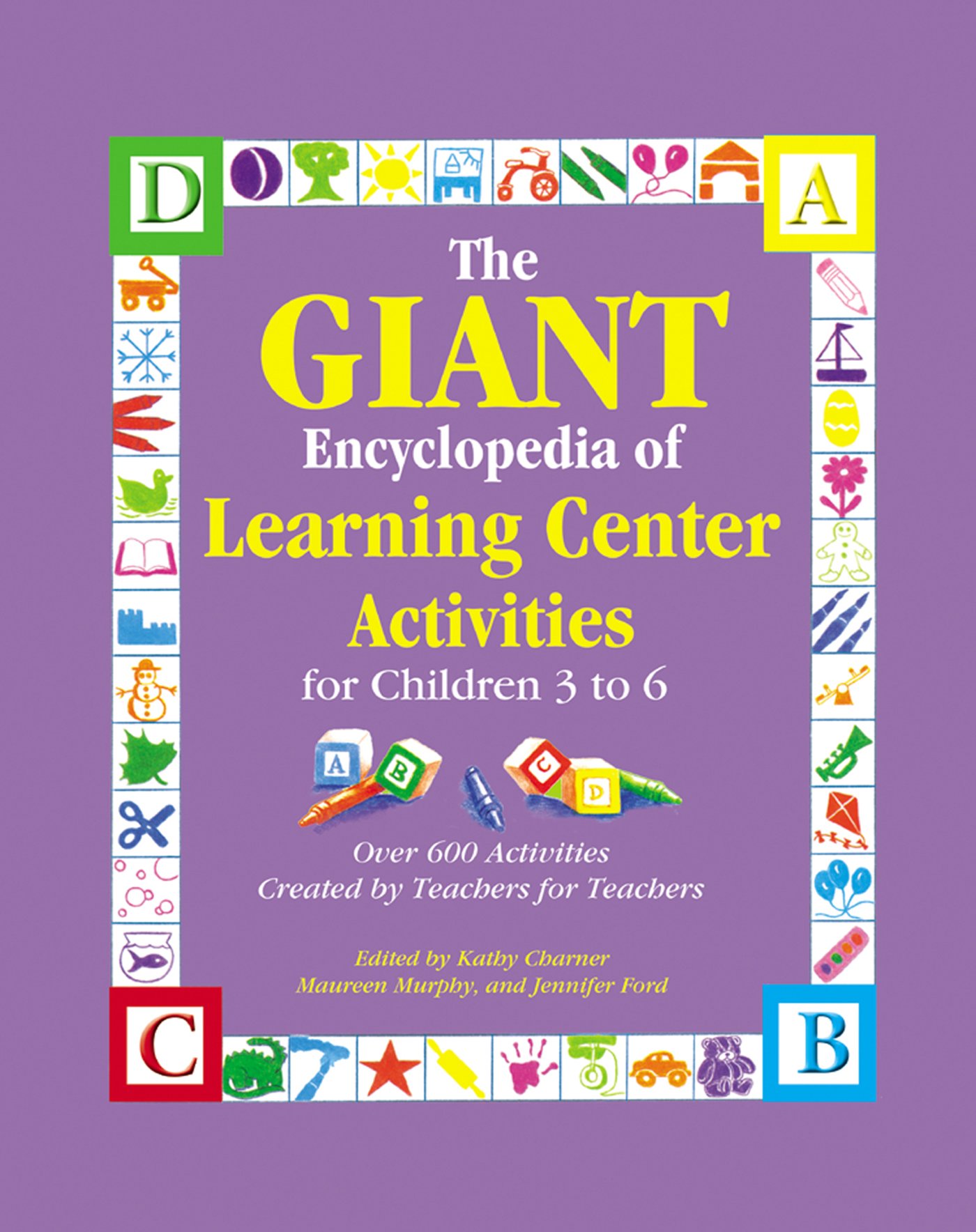Materials
- Small plastic zipper-closure bags
- Sensory materials (such as sand, shaving cream, and dirt)
- Colored plastic chips or buttons
- Masking tape
Instructions
- Partially fill each plastic bag with a different sensory material and hide a plastic chip or button in each bag.
- Close the bags and reinforce the bag closure with masking tape.
- Invite the children to squish the bags to discover the chip or button.
- The children will have fun shaking, squeezing, and rolling the bags to discover the hidden item.
Instructions
1. Draw a large circle with a pencil. Erase the bottom edge near the "chin" area
and draw eight arms. Or, make a copy of the illustration on the next page
and enlarge it.
2. Make one for each child and cut out.
3. Encourage the children to trace the octopus using brown, red, orange, or
purple crayons.
4. Show them how to draw circles on the bottom edge of each octopus arm
with black crayons. Draw a mouth with a red crayon.
5. Encourage the children to paint their octopus with tan, red, orange, or purple
watercolor paint.
6. When dry, they can glue on wiggle eyes.
Related poem An Octopus by Mary Brehm
An octopus has eight long arms,
And very small eyes.
He can be two inches tiny or
Thirty five feet in size.
He can change colors orange, tan,
Coral, purple, and silver gray, too.
Sometimes he squirts out purple ink
To obscure him from view.
